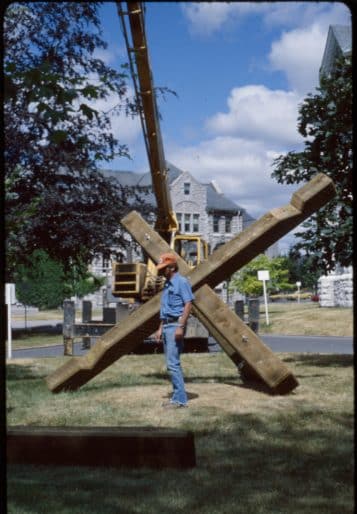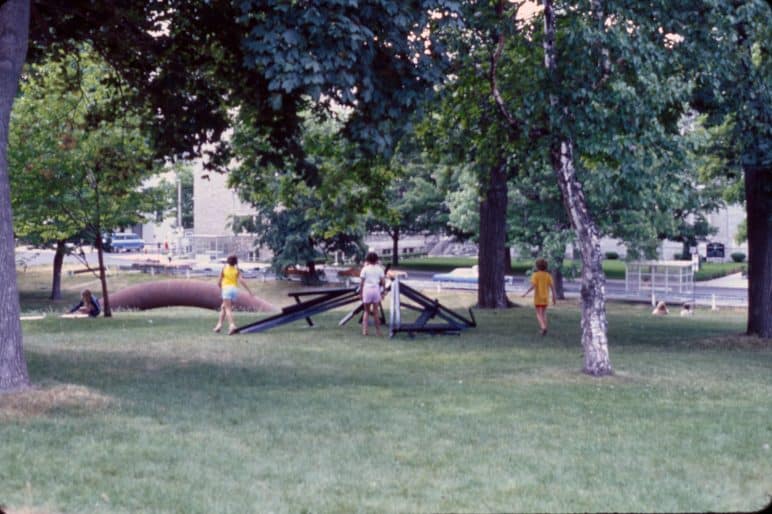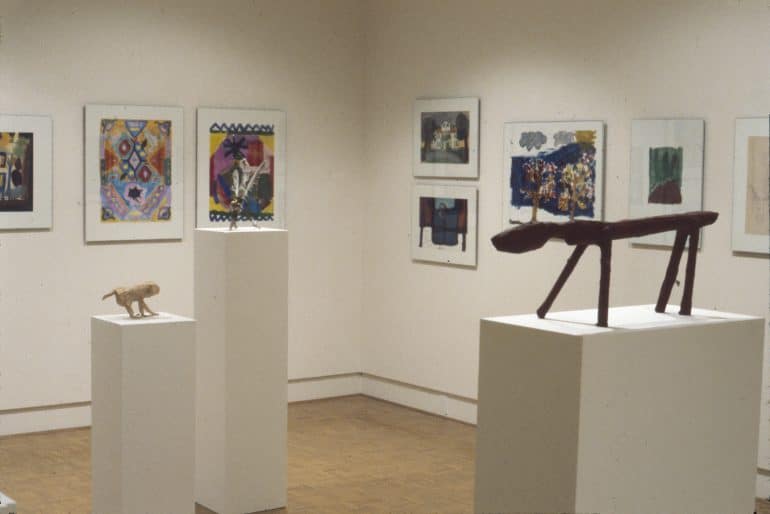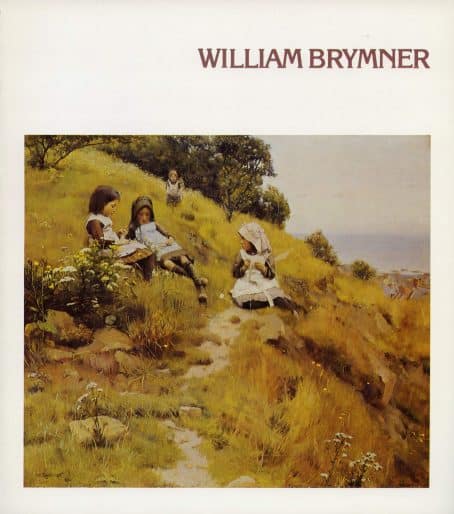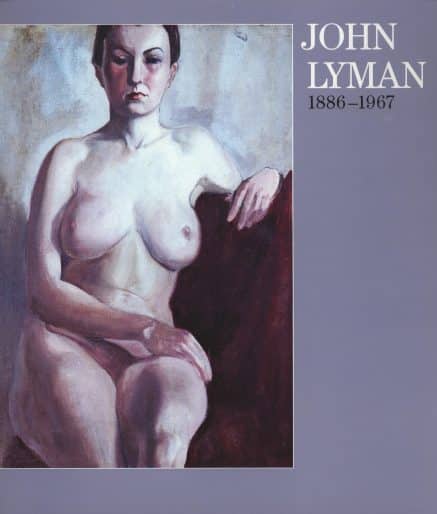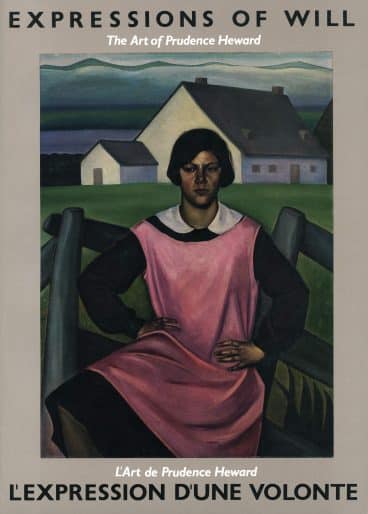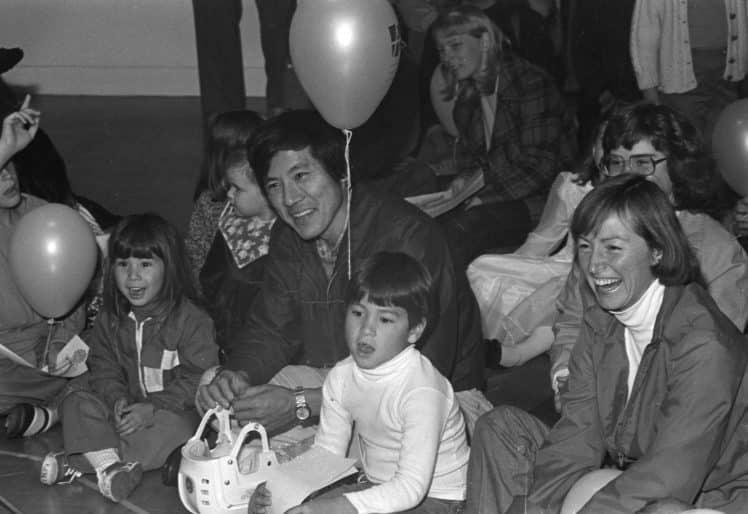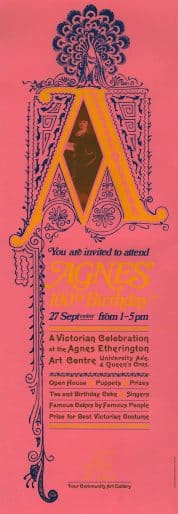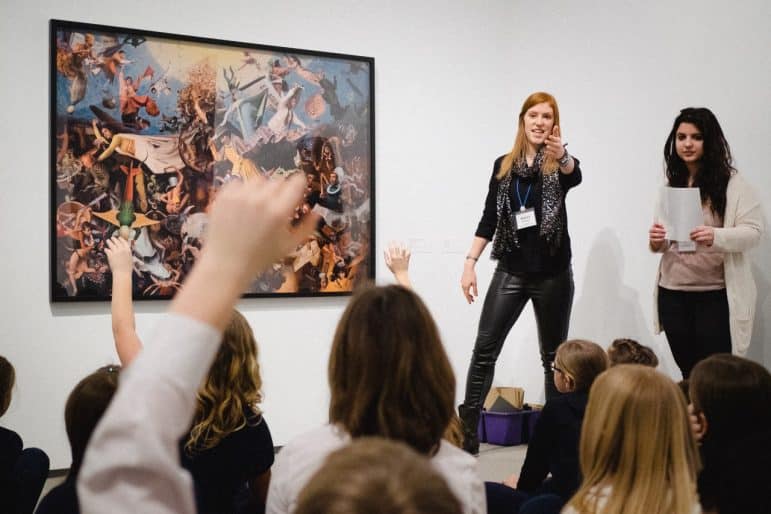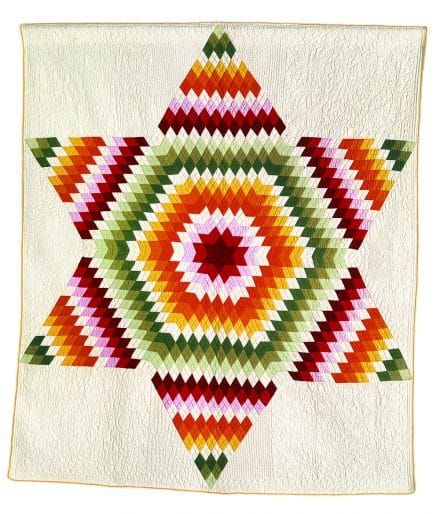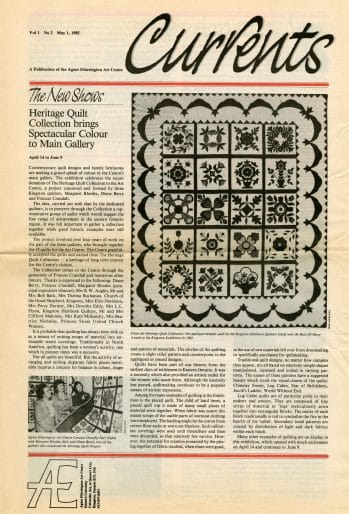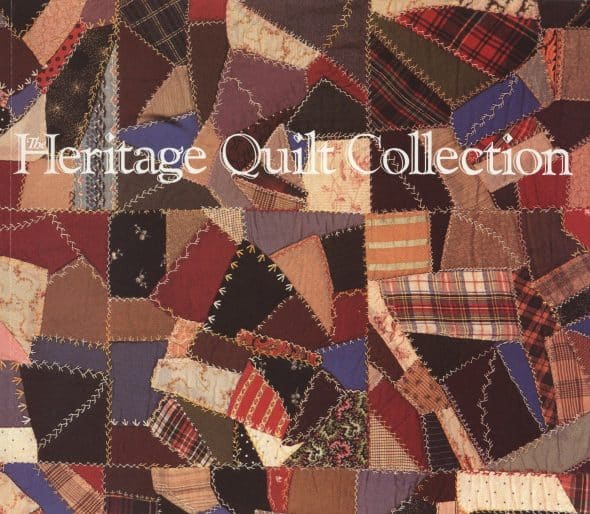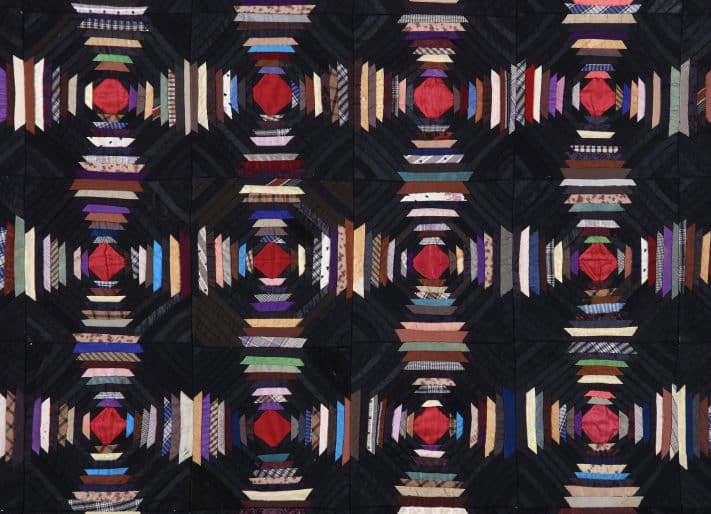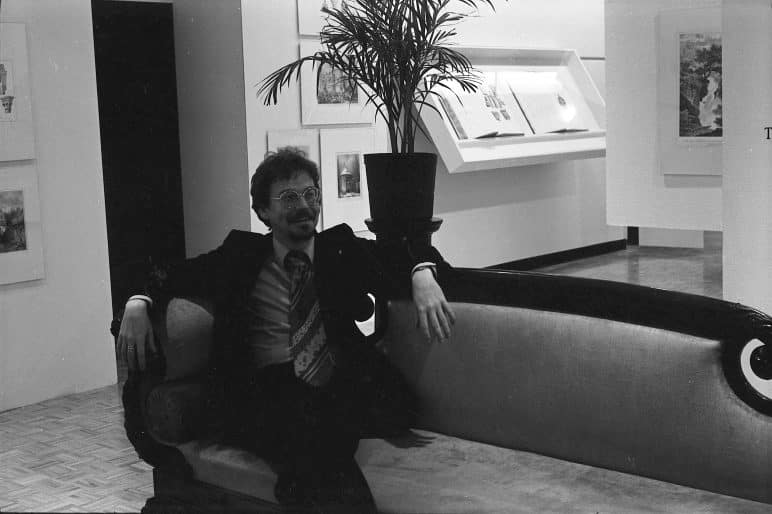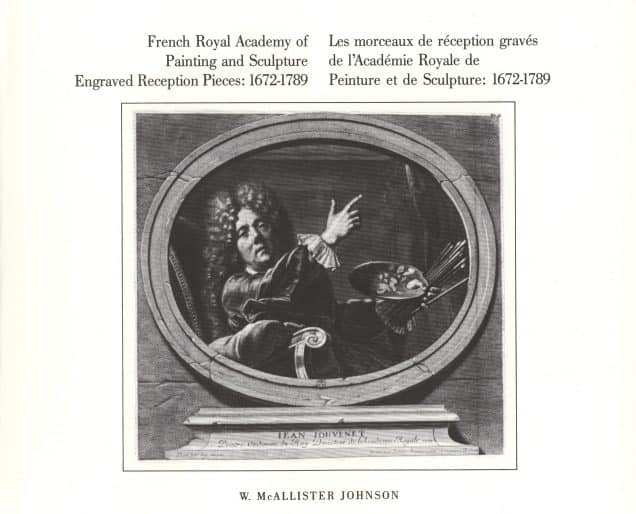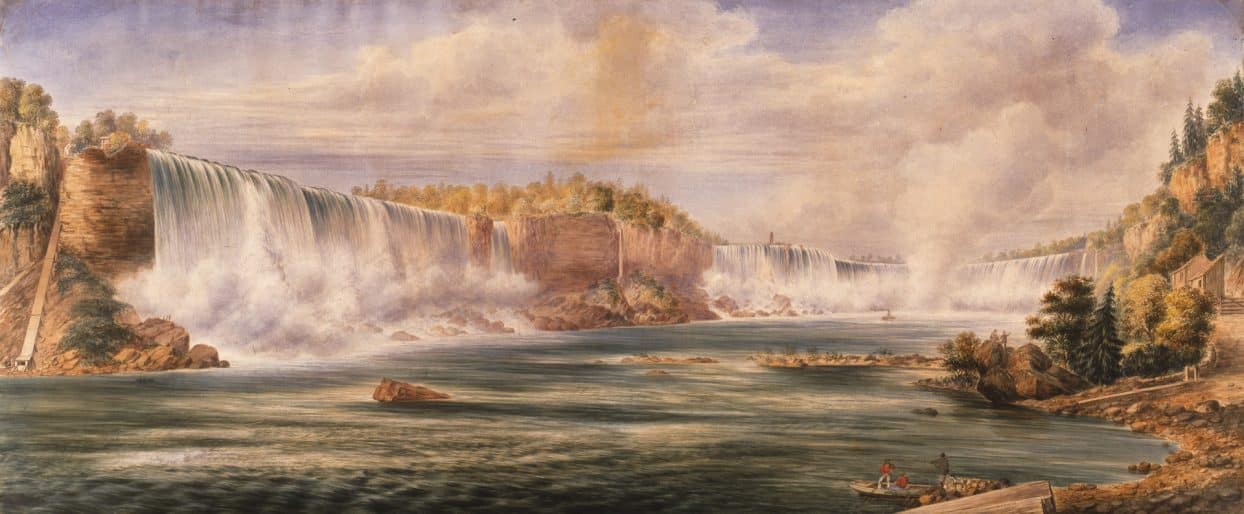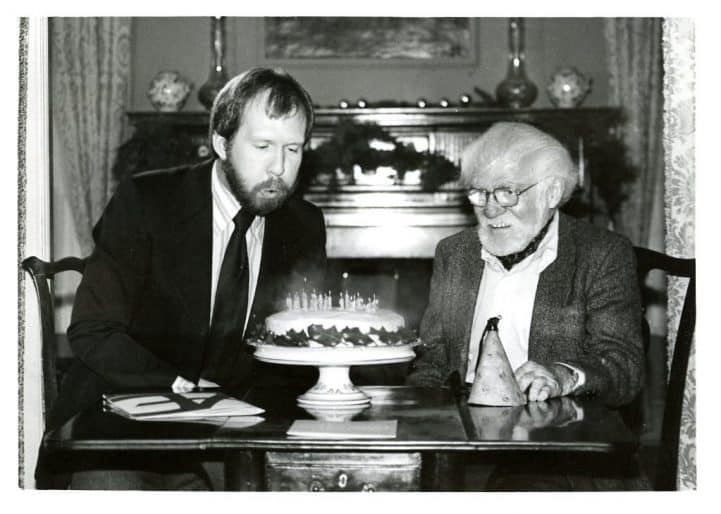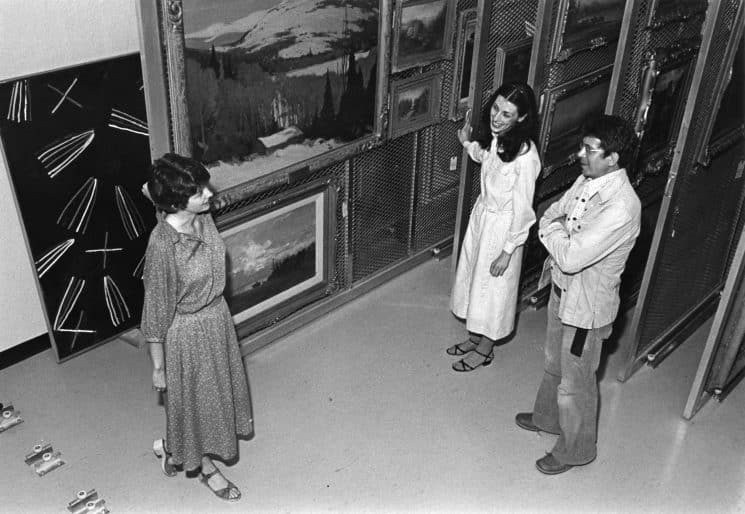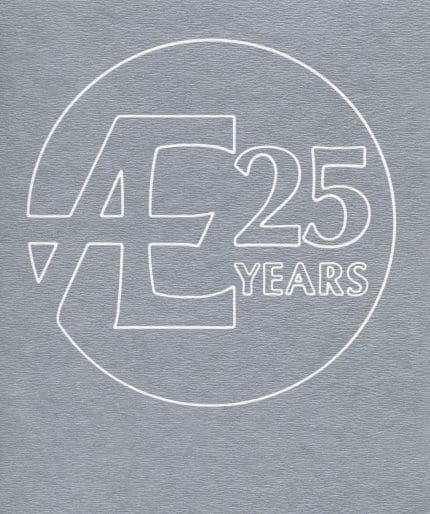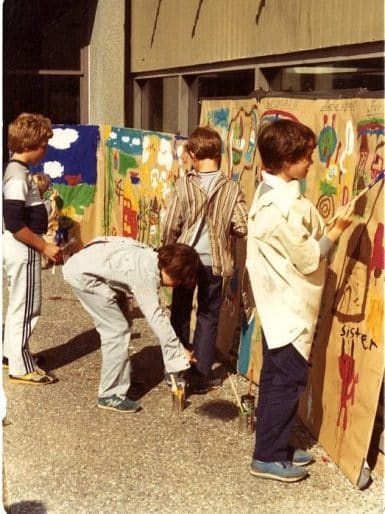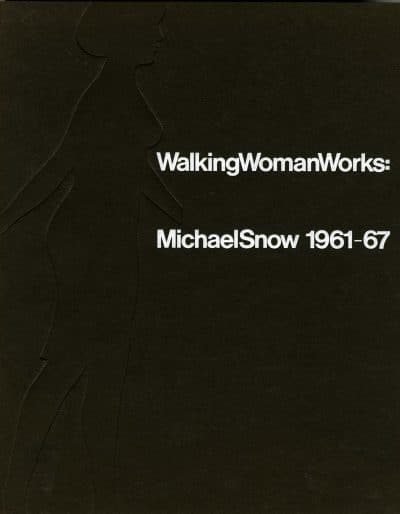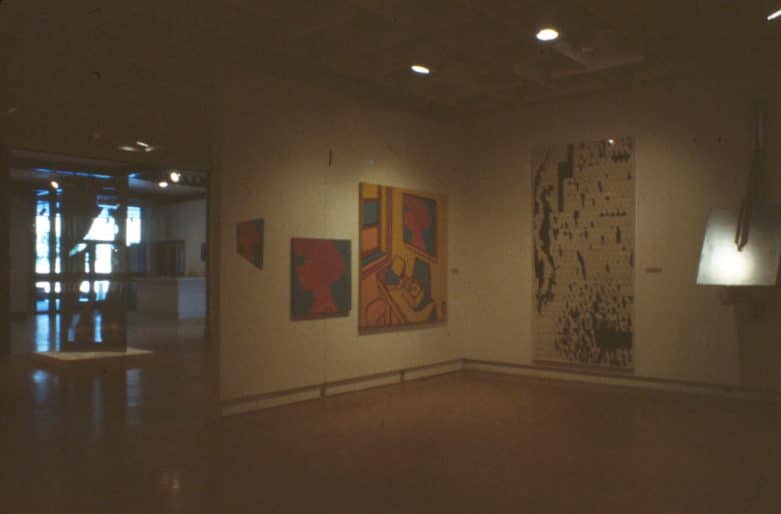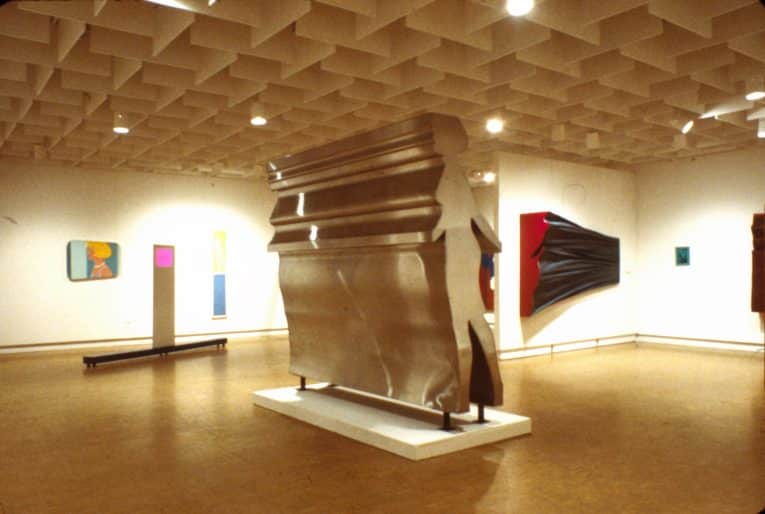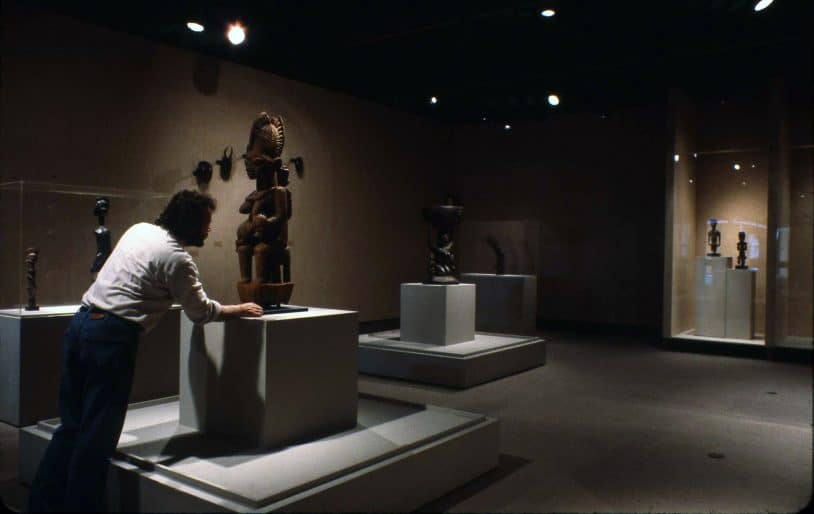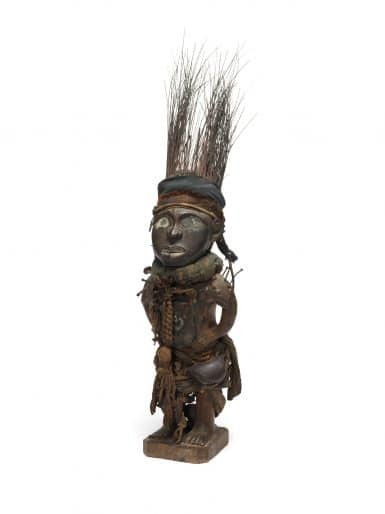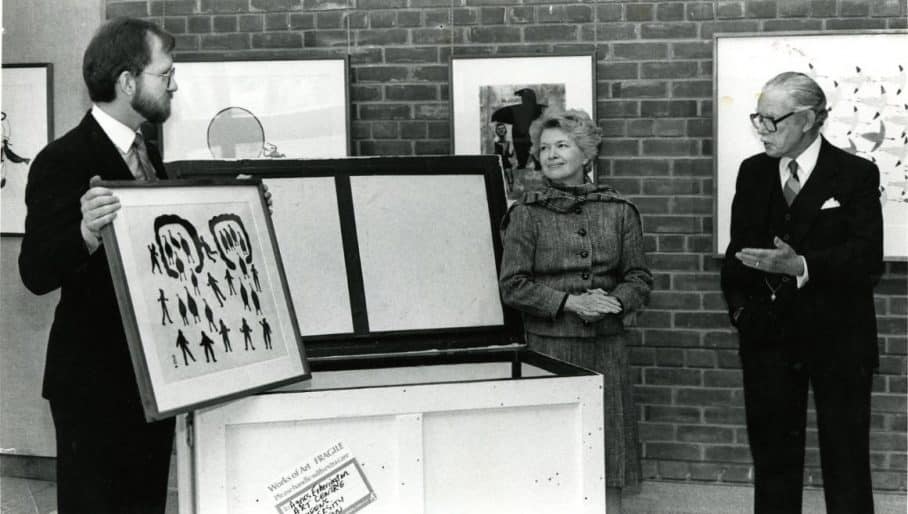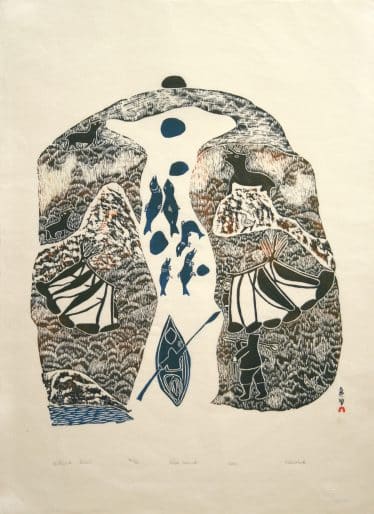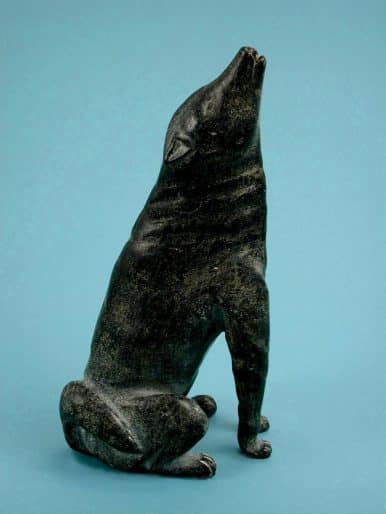
Celebrating 60: The Agnes in Six Decades
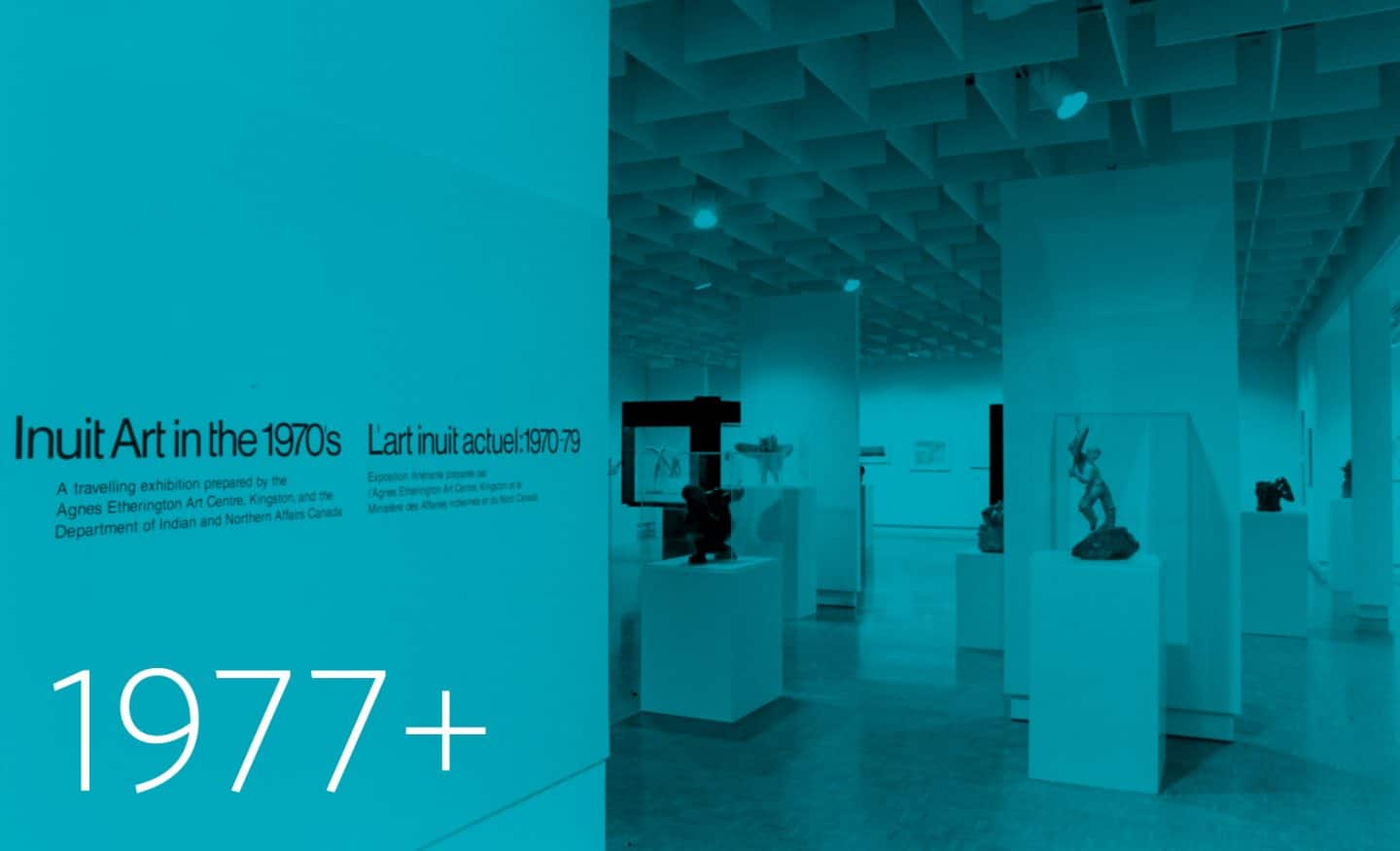
The 1970s witnesses an explosion of outdoor contemporary sculpture on campus and in the city, as public art worldwide moves beyond decorative and commemorative function. To aid in understanding this new phenomenon, the Agnes publishes Looking at Sculpture with a map locating outdoor sculptures in Kingston. The guide includes four works chosen as favourites by Agnes visitors the previous year, from a continuous slide show of twenty submissions, as part of Vote for Sculpture: Kingston Sculpture Symposium. The following year, the Agnes moves outside the gallery to mount the exhibition Sculpture Out of Doors. Another public art guide, Outdoor Sculpture at Queen’s, is produced in 2002.
Renovations result in a new public entrance on the north side of the building, among other security, fire and environmental control improvements, with the help of a Wintario grant. The new welcoming lobby improves access for large groups of school children. Upgraded track lighting also ensures safety of the artworks, a point of utmost importance to Acting Director Frances K. Smith. As renovations wrap-up, artist and arts instructor Christopher Broadhurst curates The Innocent Eye, artwork by children from the Kingston area, and Art from the Sunday Afternoon Workshop.
The Agnes launches two major touring exhibitions, William Brymner 1855–1925: A Retrospective and Inuit Art in the 1970’s, guest curated by Janet Braide and Marie Routledge respectively. These add to the Agnes’s growing roster of original, research-based exhibitions by in-house and guest curators, with publications that are firsts in the field of Canadian art. Other landmarks from this decade are catalogues on Horatio Walker (1977), William Sawyer (1978), George Heriot (1978), André Biéler (1980), Lilias Torrance Newton (1981), J.W. Beatty (1981), Maurice Cullen (1983), Canadian Artists in Venice (1984), John Lyman (1986), and Prudence Heward (1986).
To celebrate 100 years since founder Agnes Etherington’s birth, the gallery throws a Victorian Birthday Party. The event spills outdoors and is a celebration for all ages, with puppetry, parlour tunes, period costumes and three o’clock tea. A giant cake is made and decorated by artist Christopher Broadhurst.
The Agnes also begins recruiting Queen’s students and training them to deliver interactive school programs for regional children in grades 1 through 8. By 2017, the student docent program comprises some thirty docents, who welcome approximately seventy-five school groups to the gallery per year.
The Heritage Quilt Collection is founded when three knowledgeable Kingston quilters—Margaret Rhodes, Diane Berry and Frances Crandall—approach Agnes director Robert Swain with a proposal to preserve quilts of historical, regional and aesthetic significance for future generations. The first catalogue is published in 1992, featuring forty-four purchases and gifts. By 2017, the Heritage Quilt Collection numbers over eighty-five stunning embroidered, stitched, pieced and appliquéd works spanning the 19th and 20th centuries.
French Royal Academy of Painting and Sculpture Engraved Reception Pieces: 1672–1789, guest curated by Dr. W. McAllister Johnson, is mounted at the Agnes and travels to three provinces. It is the gallery’s first significant touring exhibition of European art, following upon the heels of Johnson’s successful 1976 French Lithography: The Restoration Salons 1817–1824.
Two years earlier, Johnson established the W. McAllister Johnson Fund for the acquisition of European prints. Other important endowments for works on paper follow, providing valuable assistance in advancing the collection: the J. Stuart Fleming Fund in 1986 and the Franks Fund in 2004.
The Agnes celebrates its 25th anniversary with special events and exhibitions spanning 1982–1983. Something Borrowed is a loan exhibition of masterworks from art galleries across Canada, followed by Tribute to the Canada Council, featuring works from the Agnes’s collection acquired with Canada Council assistance (both the Agnes and the Council having been founded in 1957). There is also a lecture series delivered by past and present Agnes directors, a Silver Ball, a Special Unveiling and an Open House. Full-colour posters and postcards of permanent collection works are made available for purchase.
Walking Woman Works: Michael Snow 1961–1967, curated by Louise Dompierre, is a major touring retrospective exhibition documenting the Walking Woman series by one of Canada’s most widely acclaimed contemporary artists. Snow is present for the opening of the exhibition and Pierre Théberge, then Chief Curator of the Montreal Museum of Fine Arts, delivers a special lecture on the evolution of the artist’s oeuvre. A three-night Michael Snow Film Festival is also screened in Ellis Hall, through the National Film Theatre—a group formed in the 1970s to make quality productions available to Queen’s Film Studies students.
Visions and Models, the inaugural exhibition of the Justin and Elisabeth Lang Collection of African Art, is accompanied by a major symposium on the art of Africa, with scholars Jacqueline Fry, Ruth Phillips, Zdenka Volavka and Roslyn Walker. The Langs’ gift, received the previous year, comprises over 500 objects—including statuary, masks and objects from ceremonial and domestic life—making the gallery a national centre for the study and exhibition of African art. The Justin and Elisabeth Lang Foundation Fund is created to enhance the intellectual equity and public profile of the Lang Collection.
Ottawa gallery owners and collectors John and Mary Robertson present their first gifts of Inuit art. Over the next decade, the Agnes receives over 240 Inuit prints, drawings, sculpture and artefacts from the Robertsons, by such renowned artists as Kenojuak Ashevak, Pitseolak Ashoona, Jessie Oonark, Kananginak Pootoogook, Pudlo Pudlat and Joe Talirunili. The John and Mary Robertson Collection of Inuit Art substantially broadens the representation of art produced in Canada in our holdings.
